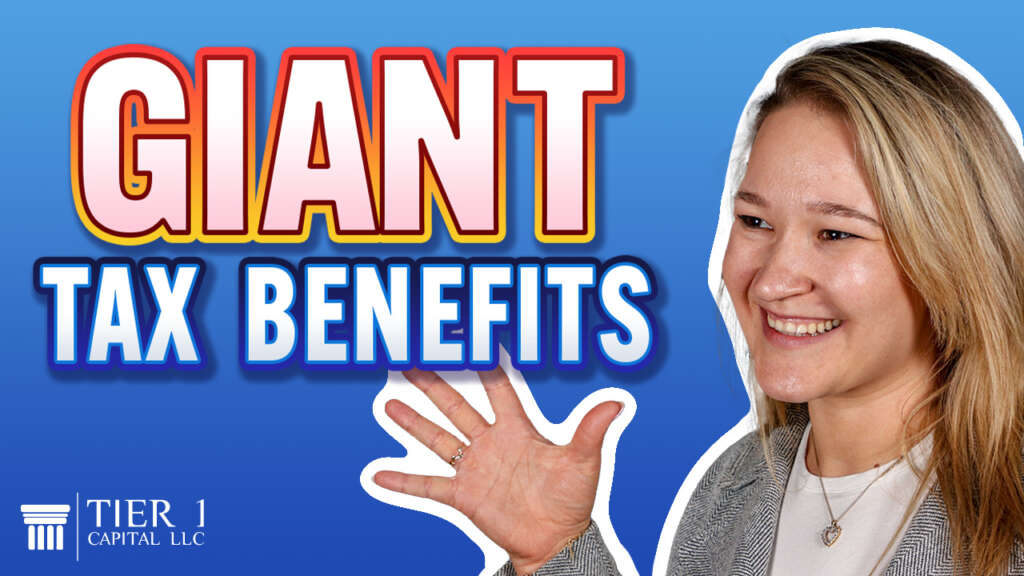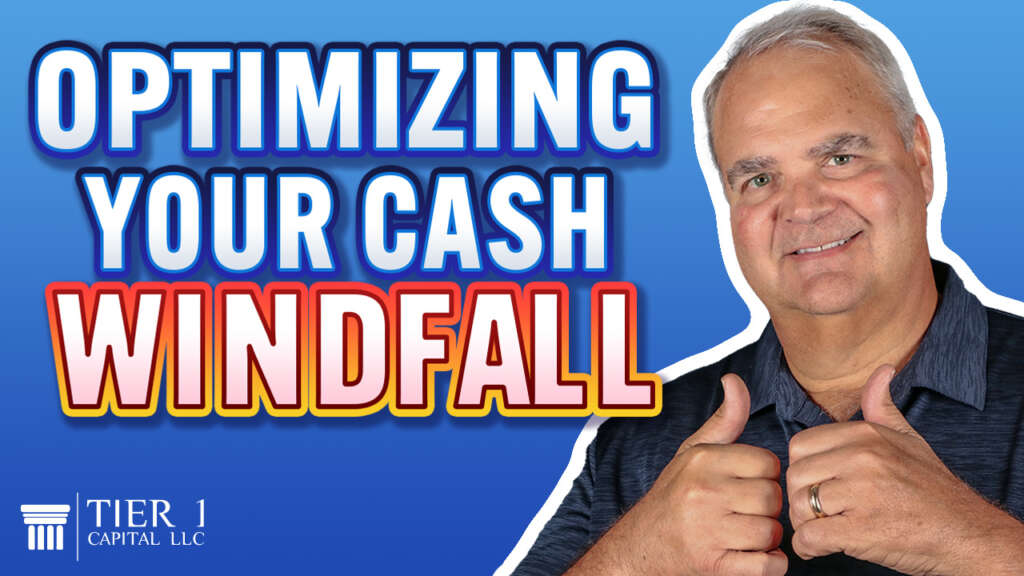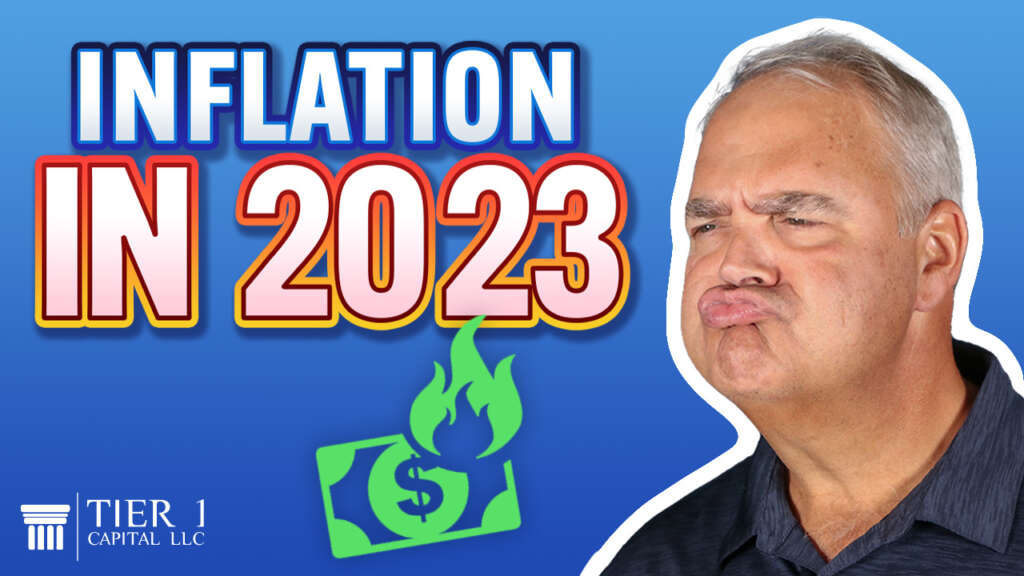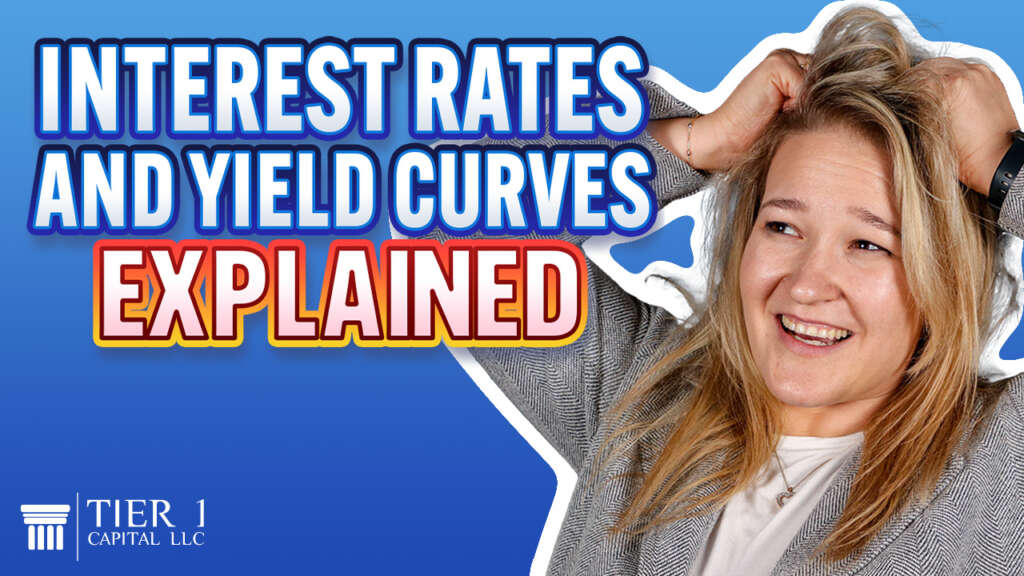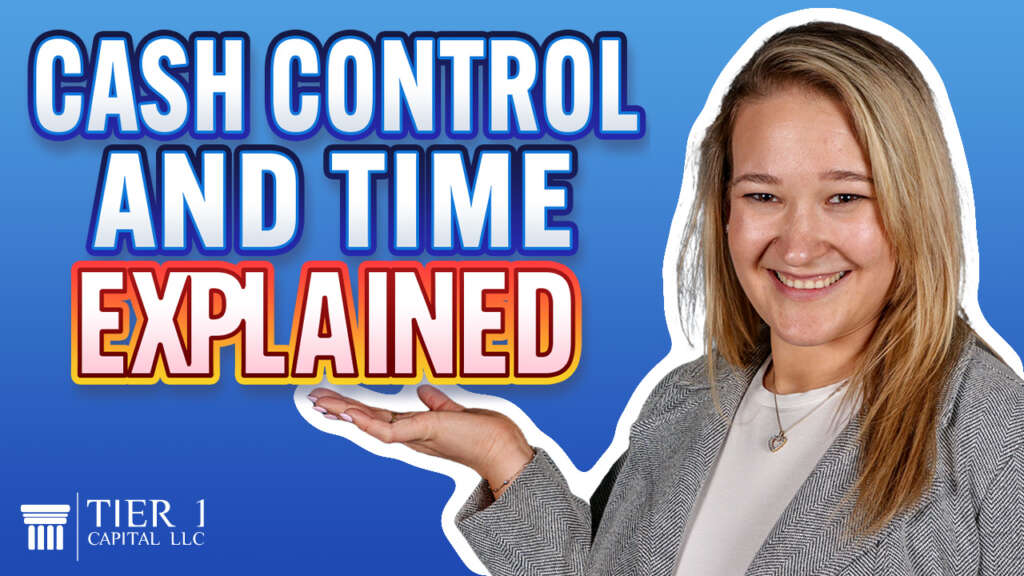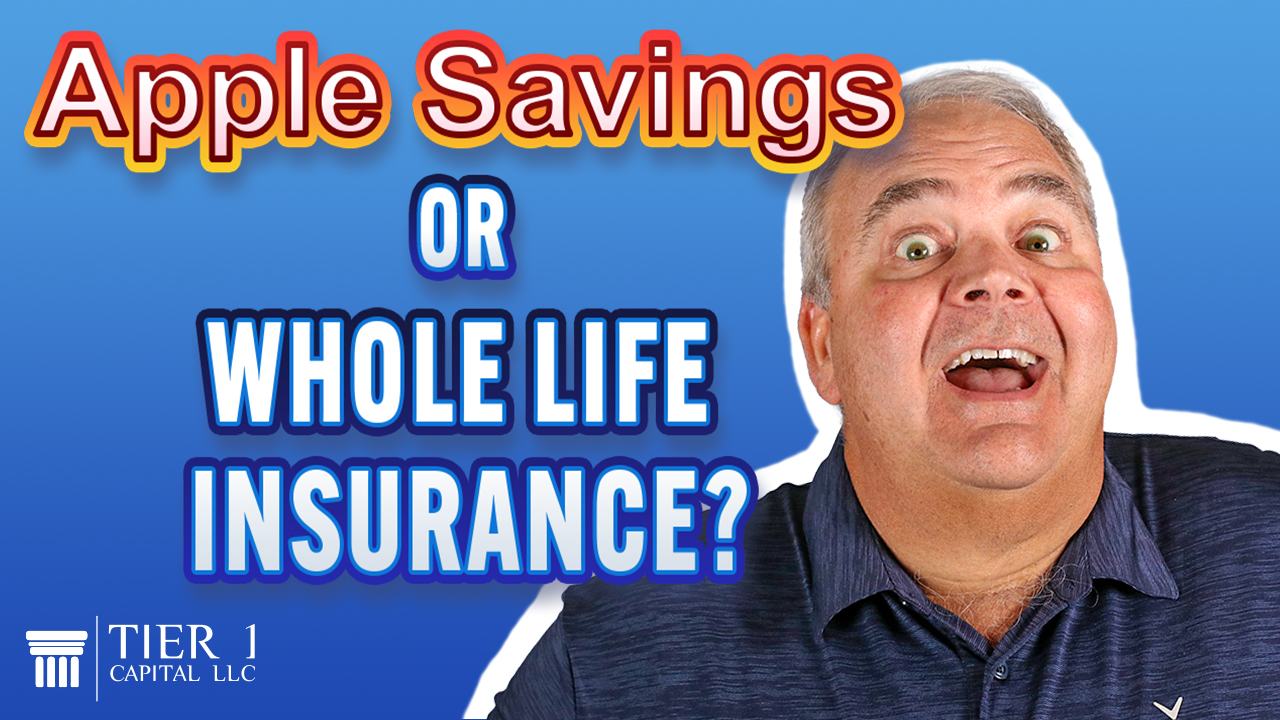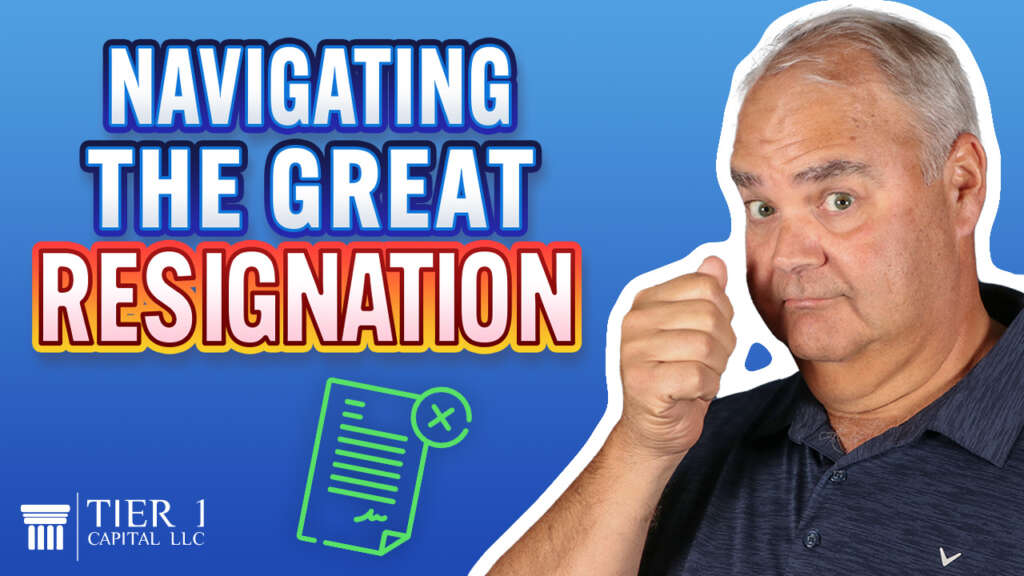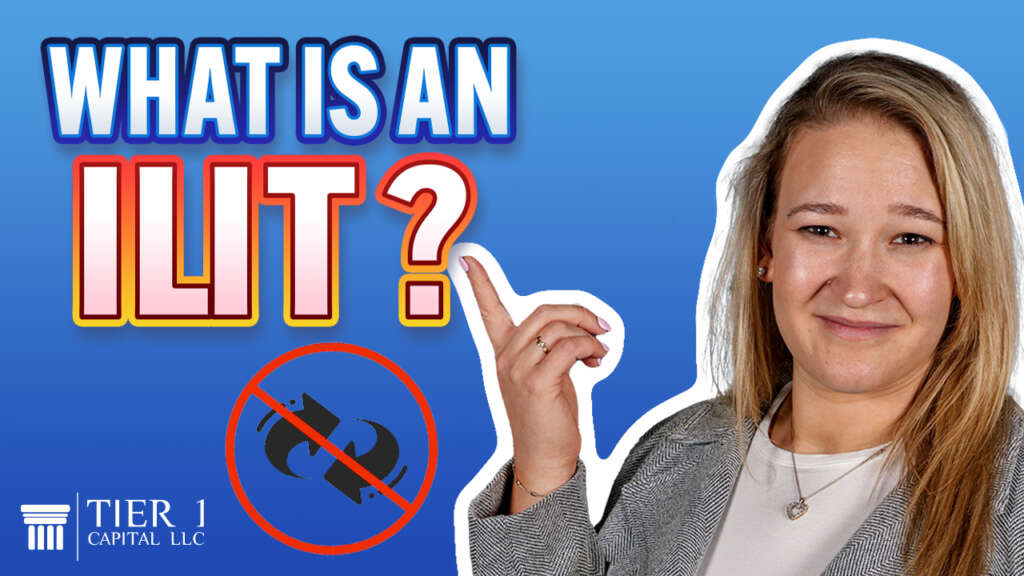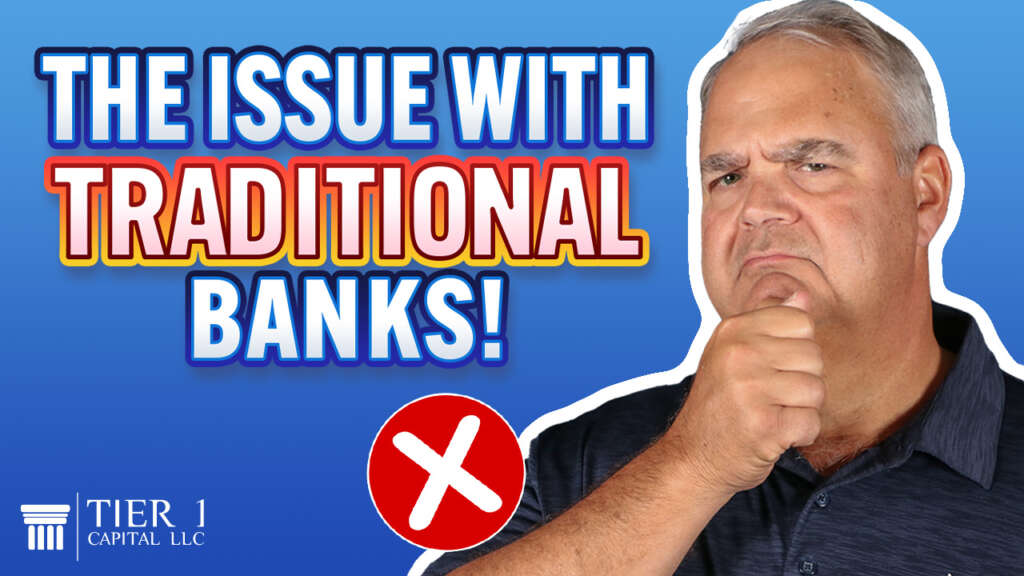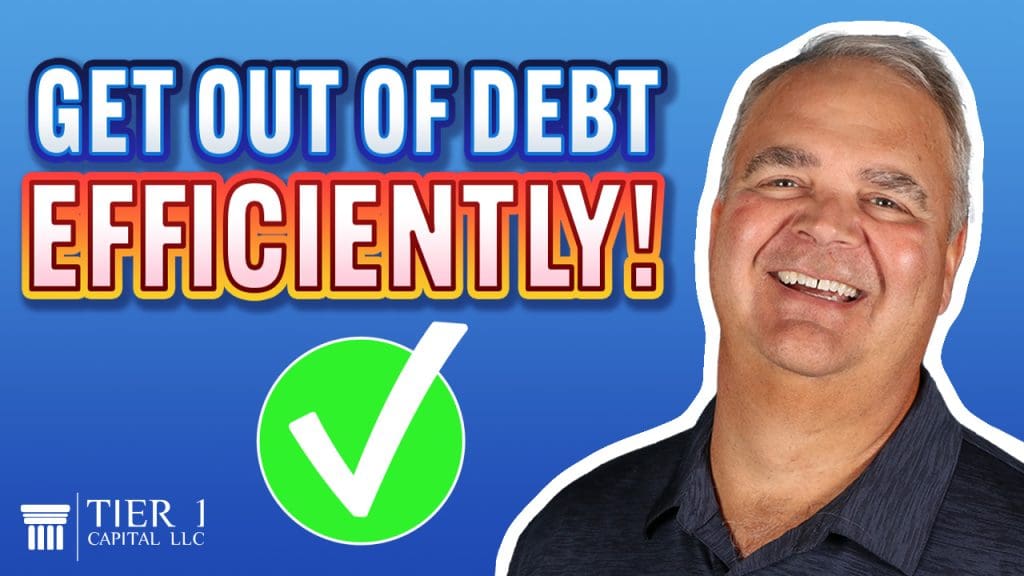
In today’s economic environment, with high interest rates and high inflation, anyone could end up with a credit card balance. But the question is, how do you get out of that debt as quickly and as efficiently as possible? And how do you do it in a way where you actually come out better off than you were before?
Whether you’re buried in debt or you’ve accumulated more debt than you’re comfortable having. You want to get out of debt as quickly as possible. But following conventional ways of getting out of debt leaves you with no money and leaves you more frustrated after the debt is paid off than you were before you started paying off your debt.
Think about it. Conventional wisdom teaches us that debt is bad and that we need to get out of debt as quickly as possible. And the way most people think about debt, that means putting all of your extra cash flow towards that debt to bring it down to a zero balance as soon as possible.
But we need to be able to enjoy life along the way, even if we have accumulated more debt. And more importantly, we also need to be able to save for the future so we don’t end up in this situation again.
That’s why it’s important to think outside the box so that you can get your debt paid off as quickly as possible and begin to save or put yourself in a position where you have access to money so you can also enjoy the benefit of having a good income.
We were speaking with a client this week who made a great income $200, $300,000 a year, but he has $1,000,000 of debt. And he asked if is there a way I could actually manage this and still retire, because he’s 59 already.
This is our favorite part of the job. Showing people how to get out of debt more quickly than originally planned. Plus, saving for retirement.
Conventional wisdom teaches us that you need to put all your money towards debt. But if we don’t break that debt cycle by saving outside of the debt, even if he knocks out the million dollars of debt, at the end of the day, using conventional wisdom would only leave him at the zero line and no better off for retirement.
And here’s the point If he focuses all of his free cash flow to paying off his debt, he can’t begin to save until his debt is paid off. He is violating one of the key variables of compound interest. He’s giving up his time. And this is not a mutually exclusive choice. You can start to save and you can pay off your debt quicker if you do it the right way.
You see, all you have to do is add one extra step since you already have a pretty good income. All you have to do is redirect some of those debt payments into an account that you own and control and have access to. It’s only adding one extra step, but that one extra step makes a huge difference over a lot of time.
You see, this client had 12 payments leaving his control every month, and all you need to do is to stop one of those payments from leaving your control and redirect it back into your control. And when that happens now, you can reverse the flow eventually on all 12 of those payments.
By using a specially designed whole life insurance policy designed for cash accumulation. This client is able to tackle his debt while saving simultaneously. You see, you start by redirecting one or the extra debt payments towards the policy. Start building up that cash value, that pool of cash that you own and control. And once you have enough, you pay off your smallest debt and then you have a free debt payment that you’re able to redirect into your policy to knock down that policy loan.
So now in the policy, we have the premiums building the cash value as well as the policy loan repayments, building that cash value. And what happens is exponential as we continue knocking down each and every single one of those 12 debts, we have more and more cash flow going towards our control instead of away from our control as it is now.
And that’s why you can get out of debt quicker using this method because you’re filling up your cash value with two hoses. One, your premium deposits, and two, your loan repayments.
Have you accumulated a huge sum of debt or just more debt than you’re comfortable carrying? Well, there could be a way to get out of debt faster by adding one extra step.
You see, instead of pushing all your money to outside entities, credit cards, banks, mortgage companies by adding this one extra step and paying yourself first. You could break the debt cycle in your life so you’ll be less dependent on banks, credit companies and other outside sources for access to money and instead have a pool of cash that you own and control to take back the finance function in your life.
We are not using any extra cash flow. This is all cash flow that’s built in our clients income, cash flow that’s already currently being used to repay the debt. It has actually no impact on his day to day to add this one extra step. But, what it does have an impact on is his future and his family’s future. Although we’re paying off the same amount of debt and we’re using the same cash flow, at the end of the day, we’re left with a pile of cash that the client owns and controls and is able to use. Whether it be down the line to finance future purchases, go on vacation, make an investment, or even further down the line to fund his retirement.
That’s why our process to get you out of debt quicker allows you to one, get out of debt. Two, get out of debt quicker. Three, begin to save today so you can take advantage of the magic of compound interest. And number four, we can show you how to get all those policy loans paid back so that when you go to retire, you can use that money to supplement your retirement income.
If you’d like to learn more about exactly how our process works, check out our free web course, The Four Steps to Financial Freedom. And remember, it’s not how much money you make. It’s how much money you keep that really matters.



